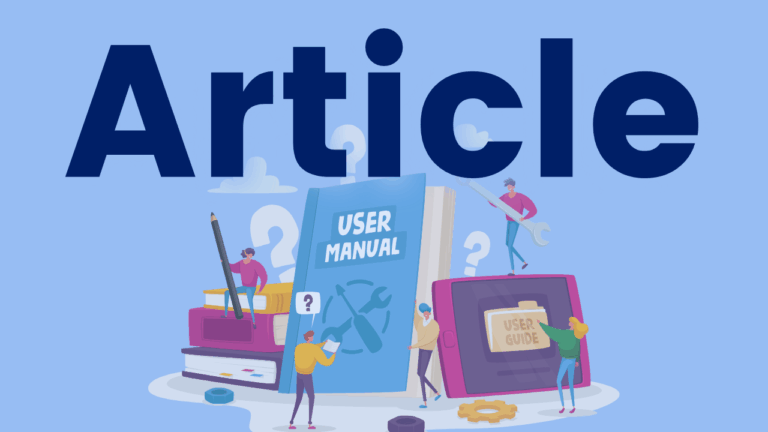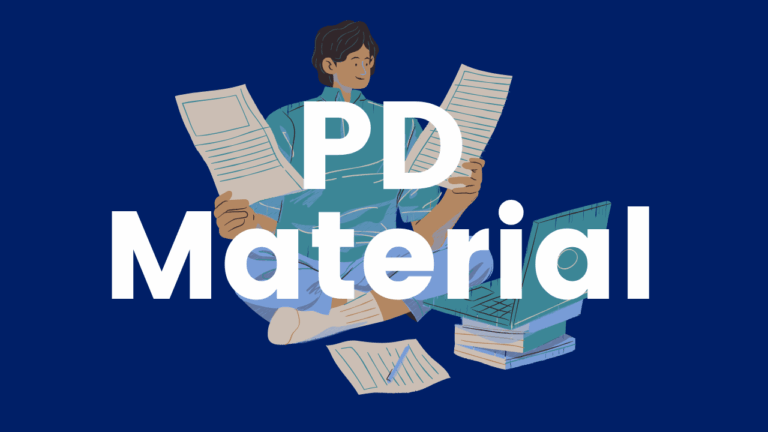Next STEPS in Literacy Instruction: Connecting Assessments to Effective Interventions
This book is a fantastic resource aligning closely with much of the new Ontario Language Curriculum and reinforcing how assessment can inform our instruction and interventions in order to best help students succeed in literacy. It’s valuable learning for classroom educators, those working in coaching/consulting roles and those in special education. While targeting skills typically…





